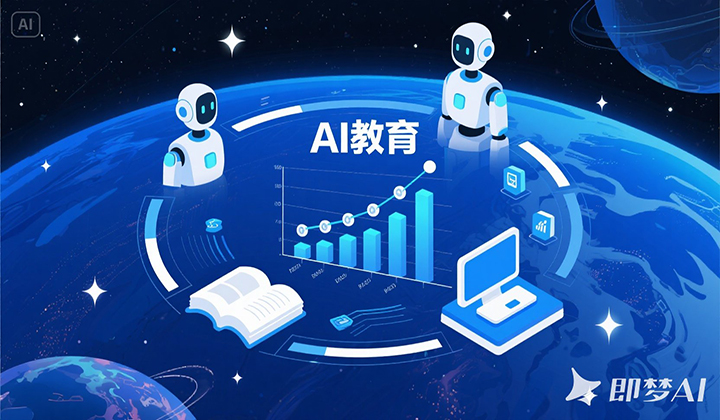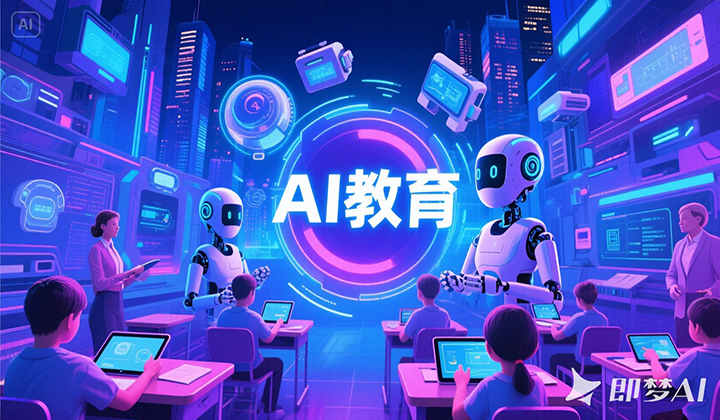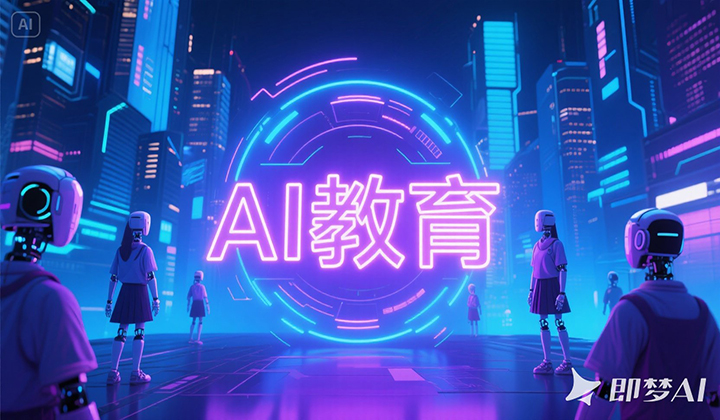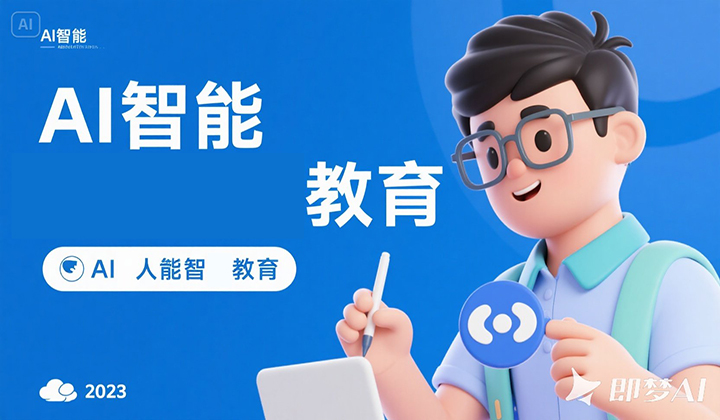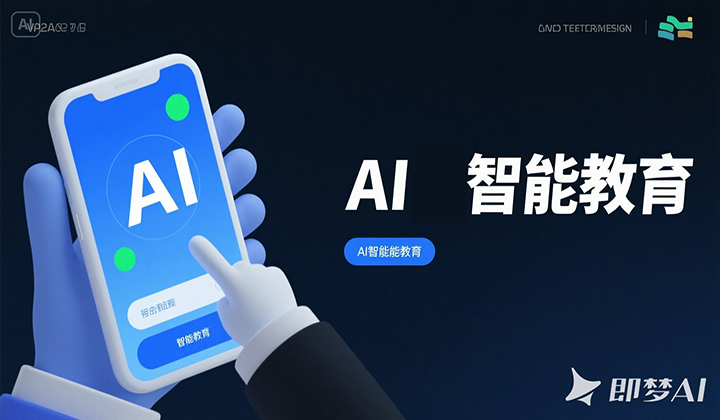AI Enlightenment Education: Cultivating the Minds of the Future
江浸月 2025-05-21
In an era defined by rapid technological advancement, artificial intelligence (AI) has become an integral part of daily life, shaping industries from healthcare to transportation. As AI continues to revolutionize society, fostering early literacy in this field—AI enlightenment education—has emerged
In an era defined by rapid technological advancement, artificial intelligence (AI) has become an integral part of daily life, shaping industries from healthcare to transportation. As AI continues to revolutionize society, fostering early literacy in this field—AI enlightenment education—has emerged as a critical priority for preparing the next generation. This educational approach aims to demystify AI, nurture curiosity, and equip children with the foundational skills to engage thoughtfully with technology. By integrating AI concepts into early learning, we empower young minds to become not just consumers of AI, but innovative creators and ethical stewards of its potential.
Moreover, AI enlightenment education aligns with the evolving demands of the job market. While no one can predict exactly which careers will dominate in 2040, competencies in problem-solving, computational thinking, and adaptability—all nurtured through AI-focused learning—will be indispensable. By introducing these skills early, we help children build a cognitive framework that prepares them for future challenges, fostering creativity and resilience in an AI-augmented world.
In the words of educator Sugata Mitra, "Children teach themselves if they’re motivated and have access to the right tools." With AI enlightenment education, we are giving them those tools—and inviting them to dream up a future where technology serves humanity’s highest ideals.
The Necessity of AI Literacy in Early Education
AI is no longer confined to the realm of science fiction; it influences decision-making in smart devices, social media algorithms, and even classroom tools. However, many individuals, including young people, interact with AI without understanding its underlying principles or implications. Early exposure to AI concepts helps children develop a critical mindset, enabling them to question how algorithms work, recognize biases, and appreciate the ethical considerations inherent in technology. For instance, simple activities like explaining how a voice assistant processes queries or using visual programming tools to create basic AI-driven games can help children grasp abstract ideas in tangible ways.Moreover, AI enlightenment education aligns with the evolving demands of the job market. While no one can predict exactly which careers will dominate in 2040, competencies in problem-solving, computational thinking, and adaptability—all nurtured through AI-focused learning—will be indispensable. By introducing these skills early, we help children build a cognitive framework that prepares them for future challenges, fostering creativity and resilience in an AI-augmented world.
Strategies for Effective AI 启蒙教育 (AI Enlightenment Education)
- Play-Based Learning:
Young children learn best through play. Educational tools like Cozmo (a programmable robot) or ScratchJr (a visual coding app) allow kids to experiment with basic AI concepts, such as pattern recognition and machine learning, in a fun, non-threatening way. For example, using blocks to code a robot to "recognize" colors teaches foundational logic without overwhelming them with complex syntax. - Storytelling and Media Literacy:
Incorporating AI-themed stories or cartoons into curricula can spark imagination while addressing ethical questions. Books like Hello, Robot: A Book About What It Means to Be Human or episodes of Odd Squad (which uses math and logic to solve mysteries) introduce concepts like bias, data privacy, and algorithmic fairness in age-appropriate contexts. Discussing how AI is portrayed in media helps children differentiate between reality and fiction, fostering a nuanced understanding of its capabilities and limitations. - Hands-On Projects and Interdisciplinary Integration:
Schools can design cross-curricular projects that merge AI with art, science, or social studies. For instance, students might use AI-powered image generators to create digital art, explore how AI models predict climate patterns, or analyze historical data to identify societal trends. Such projects encourage collaboration and show how AI can be a tool for solving real-world problems, from combating deforestation to improving accessibility for people with disabilities. - Inclusive and Accessible Approaches:
It is crucial to ensure AI education is accessible to all children, regardless of socioeconomic background. Initiatives like coding clubs in underserved communities, free online resources (e.g., Google’s AI for Youth), or partnerships with local libraries can bridge the digital divide. Additionally, educators should emphasize diverse representation in AI—highlighting contributions from women, people of color, and other underrepresented groups in tech—to inspire all students to see themselves in STEM fields.
Nurturing Ethical Awareness
A cornerstone of AI enlightenment education is ethical literacy. Even young children can grasp concepts of fairness and empathy. Activities like role-playing scenarios where an "AI" makes a biased decision (e.g., a robot favoring one student over another) can prompt discussions about why diversity in data and decision-making matters. By planting these seeds early, we cultivate a generation that prioritizes equity and transparency in technological development.The Road Ahead
AI enlightenment education is not about turning every child into a programmer or data scientist. It is about fostering digital fluency, critical thinking, and a sense of agency in a world shaped by AI. As educators and parents, our role is to provide a foundation that allows children to explore, ask questions, and imagine how AI can be used for good. By starting early and making AI education engaging, inclusive, and values-driven, we can ensure that the next generation navigates the future with confidence, creativity, and compassion.In the words of educator Sugata Mitra, "Children teach themselves if they’re motivated and have access to the right tools." With AI enlightenment education, we are giving them those tools—and inviting them to dream up a future where technology serves humanity’s highest ideals.







